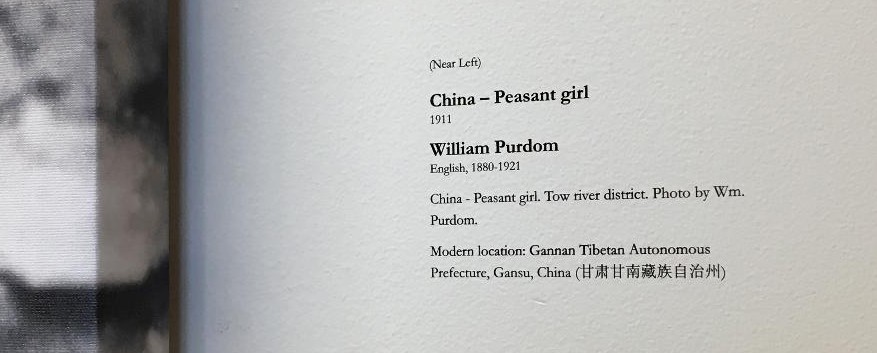Surface preparation
Try to make sure your wall surface is clean and free of dust for fingerprints. You might want to cut off the tagline (at the bottom of the transfer) and try that as a test. If the tagline isn’t on the wall surface for long, it should be able to be tacked off with painter’s tape. Please do testing in a spot that will not be an issue.
You should probably have some kind of guides on the wall where you want to place the transfer/text/graphics so you can make sure it is straight—maybe painter’s tape with a line on it for placement? This will be up to you. For application, we recommend cutting apart the captions. Try not to bend the clear slick because the transfers might start to release. You can use a straight-edge razor blade or Exacto blade to cut apart. Try not to put pressure on the transfer either because you don’t want it to start to come off and stick to the backing sheet (rare but if you do put a lot of pressure on the text they will want to stick).
Transfer placement
Place the individual caption on the wall. Be careful to place accurately because once the transfer touches it will start to stick to the wall surface. Hold in place with painter’s tape. The most important things are for the transfer not to move in the application (because you can get a wrinkle in the ink). Use the supplied burnisher. We suggest rubbing the image left to right making sure you rub the entire text/caption surface. Don’t worry about burnishing over the clear area. The adhesive is only on the image area. This is also an important aspect – make sure you burnish the entire surface of the text/caption so it releases. Remove the clear slick carefully and slowly to make sure you have been successful rubbing everything and all you will have left is the copy adhered to the wall surface. If there is a spot where the text/caption doesn’t look securely applied, you can use the backing sheet to place over the text/caption and use the burnisher again to rub-down the area that may be lifting. The longer the text/captions are on the wall the more secure they will be. Just remember they are lacquer ink and can get scratched if someone intentionally tries to do that. We have had no issues in museums and galleries with a lot of people attending and visiting for this to happen.
It is truly easy, and since transfers are fresh they release beautifully. We are sure you will be pleased with the final results.
– Luann LaRussa

Leave a Reply